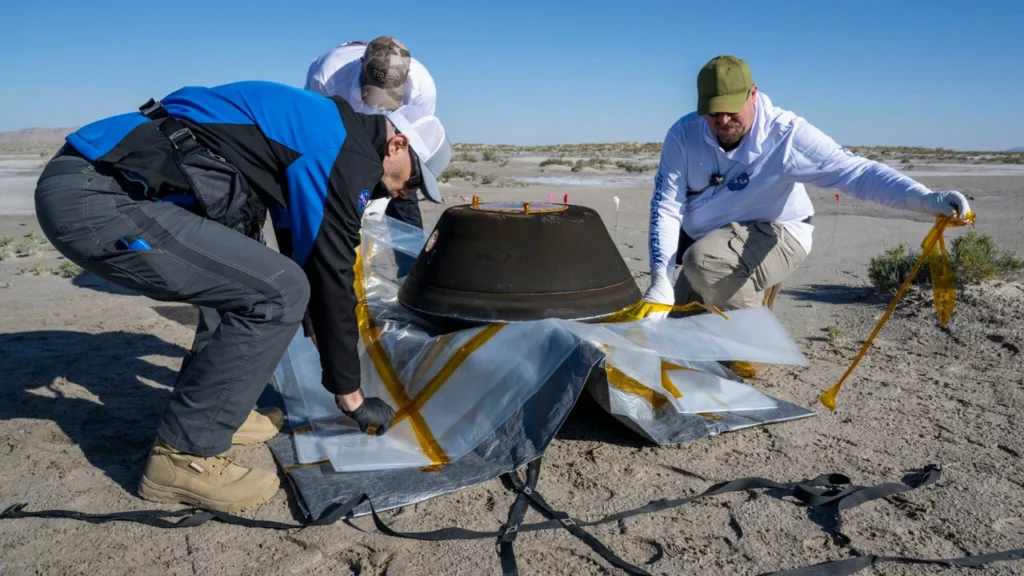A Surprising Turn of Events
In a welcome shift from the usual hostility, India and Pakistan have recently reaffirmed their commitment to the 2003 ceasefire agreement along the Line of Control (LoC) and other sectors. This unexpected development has relieved civilians living near the border and sparked cautious optimism among diplomatic circles. But while the guns have fallen silent for now, the question remains—will this ceasefire usher in a new era of peace or is it merely a temporary truce?
The Ceasefire Agreement: What Was Announced
The ceasefire was jointly declared by the Directors General of Military Operations (DGMOs) of India and Pakistan. In their official statement, both sides agreed to strictly observe all agreements related to the ceasefire and emphasized their intent to address “each other’s core issues and concerns” through peaceful means.
This declaration comes at a time when cross-border violations have reached alarming levels. According to official figures. More than 5,000 ceasefire violations were recorded in 2020 alone, resulting in loss of life and property on both sides. The new agreement, therefore, signals a much-needed pause in a prolonged phase of military tensions.
Relief for Border Residents
Perhaps the most immediate and significant impact of this ceasefire is felt by the people living along the LoC. Villages in Jammu & Kashmir, often caught in the crossfire, have seen a sharp decline in violence. Children can return to school without fear, farmers can tend to their fields. And families can sleep in peace—luxuries that have become rare in recent years.
For these communities, even a temporary ceasefire means stability, economic activity, and a chance at normalcy. Many border residents are hopeful that this calm will last longer than previous ceasefire understandings, which were often short-lived.
A Shift in Regional Priorities
Both India and Pakistan are currently grappling with serious internal challenges. India is focused on economic recovery, internal security, and managing its tensions with China on the eastern front. Pakistan, meanwhile, is facing political instability, a struggling economy, and rising domestic militancy.
Given these domestic pressures, the leadership in both countries may have realized that a prolonged border conflict is not in their national interest. A peaceful LoC allows them to reallocate military resources and attention toward more urgent internal issues.
Backchannel Diplomacy and International Mediation
There is strong speculation that this ceasefire may be the result of quiet backchannel diplomacy. Reports suggest that neutral countries like the United Arab Emirates and international stakeholders. Such as the United States may have played a behind-the-scenes role in facilitating talks between New Delhi and Islamabad.
While there is no official confirmation of such involvement, history shows that breakthroughs in India-Pakistan relations. Such as the Agra Summit and the Lahore Declaration—have often been preceded by covert diplomatic engagement.
Challenges Ahead: The Kashmir Issue and Terrorism
Despite the positive tone of the ceasefire, the core disputes between the two nations remain unresolved. Chief among them is the issue of Jammu and Kashmir. Pakistan continues to claim the region as a disputed territory, while India maintains it as an integral part of the Union.
Moreover, India has consistently demanded that Pakistan take verifiable action against terrorism and militant groups operating across its borders. Past ceasefires have often collapsed after high-profile terror attacks, such as the 2008 Mumbai attacks or the 2016 Uri strike. Unless concrete steps are taken on these fronts, trust between the two nations will remain fragile.
Opportunities for Confidence-Building
Ceasefires, while limited in scope, can create a conducive environment for further confidence-building measures. In the past, periods of calm have led to cultural exchanges, restoration of trade routes, and even the resumption of bus and train services that connect divided families across the border.
If both governments can maintain this truce, there is potential for reviving people-to-people contact and diplomatic engagement. These small steps could lay the groundwork for addressing more complex political and territorial issues in the future.
Global Reactions and Expectations
The international community has largely welcomed the ceasefire. The United Nations, the European Union, and various global leaders have expressed support, urging both countries to build on this momentum. A peaceful South Asia is not only vital for regional prosperity but also for global stability, given the nuclear capabilities of both India and Pakistan.
A New Chapter or Another Pause?
The renewed ceasefire between India and Pakistan is undeniably a positive development. It provides immediate humanitarian relief, opens the door for dialogue, and reflects a pragmatic shift in priorities on both sides. However, whether this truce evolves into a lasting peace or fades into another missed opportunity depends on political will, sustained engagement, and a genuine effort to resolve the underlying issues.
For now, the silence of gunfire along the LoC offers a rare glimpse of hope in a region that has known too much conflict. In that silence lies the possibility—however faint—of a more peaceful future.


















